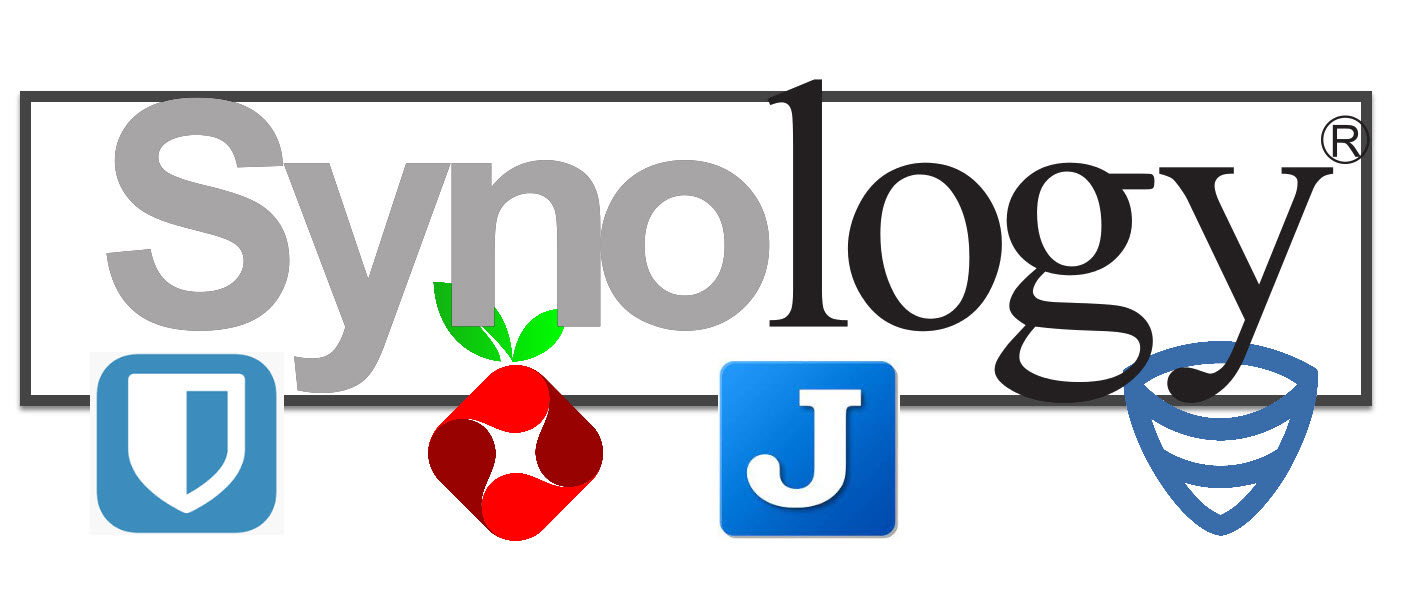
Pi-Hole
This is a very lightweight program that can easily run on a Raspberry Pi but a Synology can just as easily host this. The primary purpose is to serve as a black-hole for domains used by ad-servers. So, if you have an add script coming from adserver.com, you tell your Router that the DNS server for your network is actually your Synology. Your browser will go to the Synology, Pi-Hole will see that it’s an ad serving domain (they have about 50k sites on their blacklist) and drop the connection. If not, it passes it on to your actual DNS server (which you can choose there.)
A nice benefit is the local DNS bypass. So, for example, if you have your NAS drive port opened to the world at “mynas.mydomain.com”, but when you are at home, it ends up opening your router instead, you can have pi-hole configured to send connections to the internal IP.
BitWarden
There is actually a great version of bitwarden called “VaultWarden”. It’s an AWESOME password manager. I used LastPass for years, tried this out and was amazed at how nice it is. It has fantastic features, such as being able to get your 2FA right into the password manager! “Organizations”, which let you share content between users.
The organizations are actually key. Here’s an example: I have a huge number of things I share with my wife, but she can’t have access to client server information or client accounts. However I have developers on staff who do need access to those client servers. How do you do it?
You create an Organization called “Family” and one called “Work”, then you invite others to “join” that organization. And you can even make it read-only or let them edit. When an employee leaves: Click, off they go.
Sql Bak
This is a fantastic tool for anyone that manages multiple databases. On my network I have several SQL Servers and MySQL Servers. I have another office that also has several. Finally, I have several clients that have SQL Databases on their servers. At each remote location, I install this SqlBak app and it works like a little bot and triggers a backup, then sends the file off-site to one of my NAS drives. If the server is local, I just run the backup directly on the Synology and let it put it right onto the box. It works flawlessly.
## BONUS APP ##
Joplin Server
I include this primarily because I’m trying it out and kind of like it so far. Basically, Joplin is a nice way to type in markdown and have it render while you do it. So, there’s a nice little application you can install on windows/mac/mobiles and the “server” really is just a sync tool. As you type or when you hit “sync”, it syncs up with the server and your notes are spread across your devices.
It’s pretty neat. I like it better than “Note Station” and I actually wrote this post in it and then pasted it into WordPress. I’m considering moving all of this over to some kind of website that would serve the markdown via an API to an Angular front-end that would render the markdown.